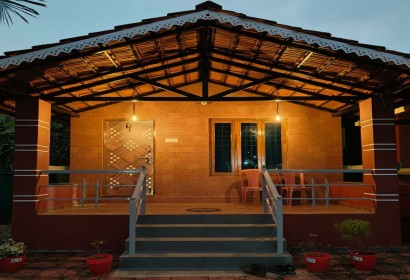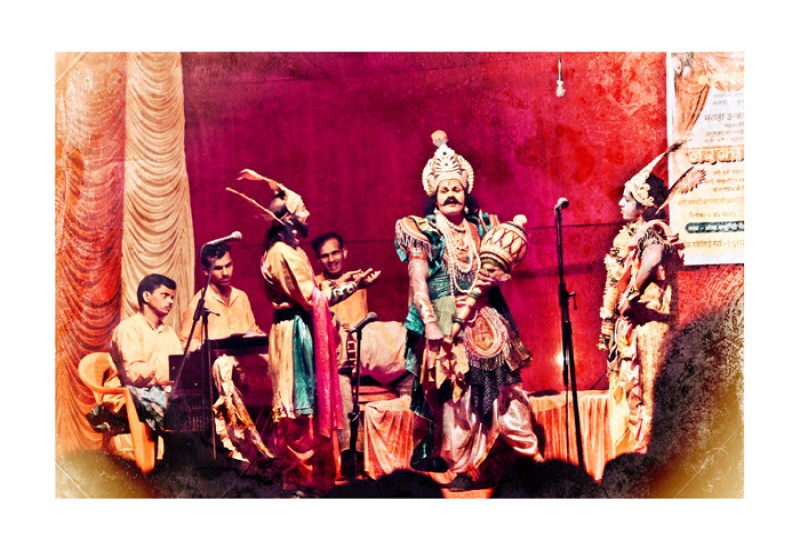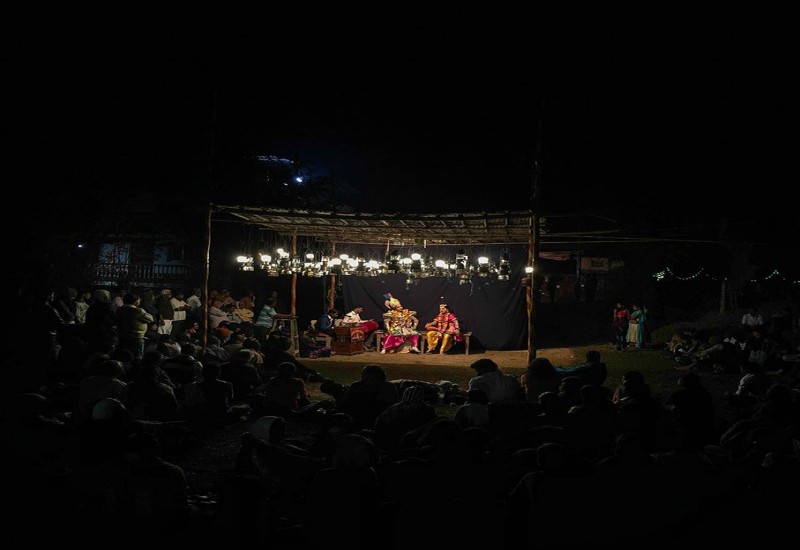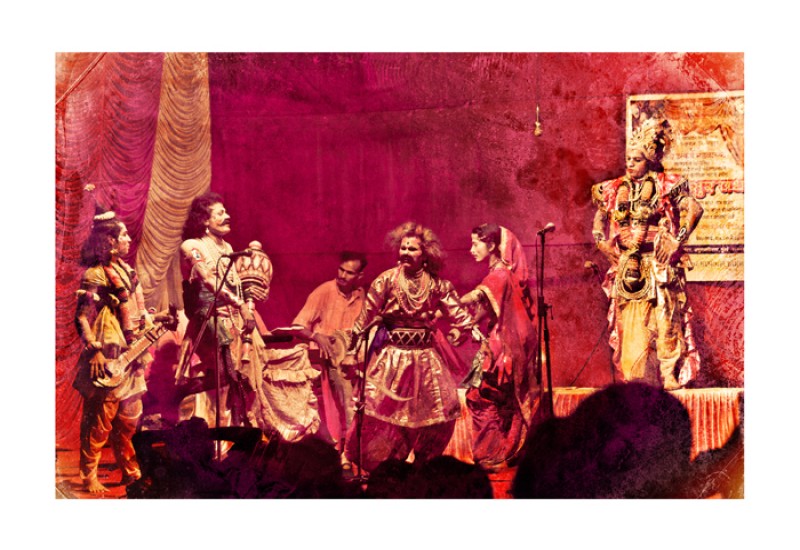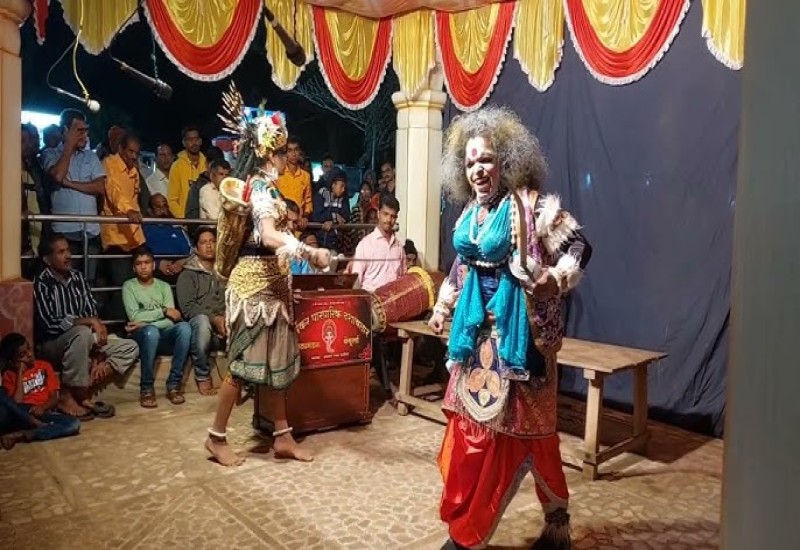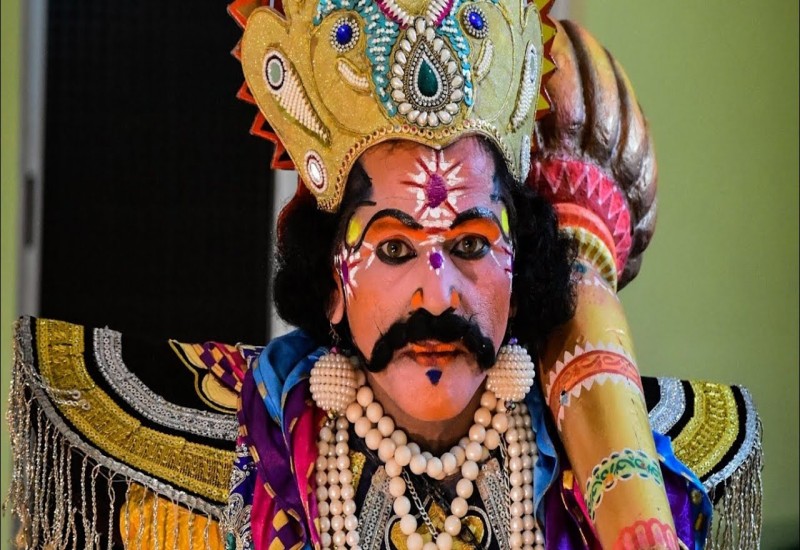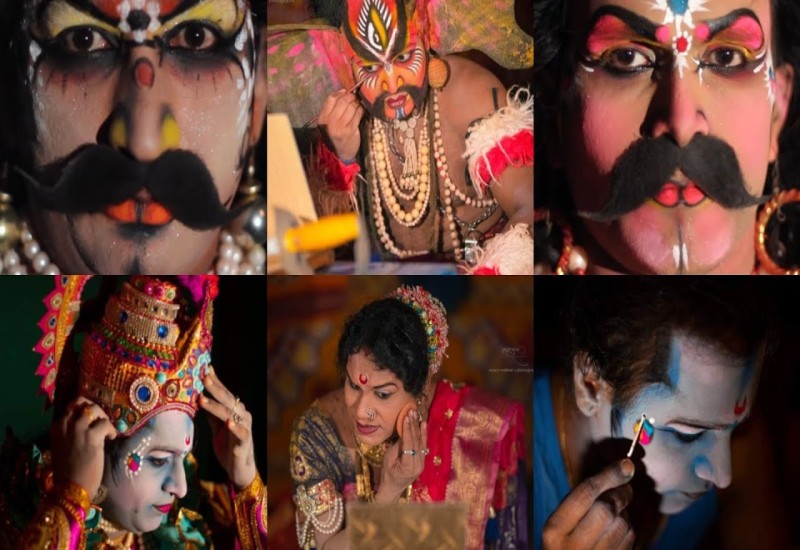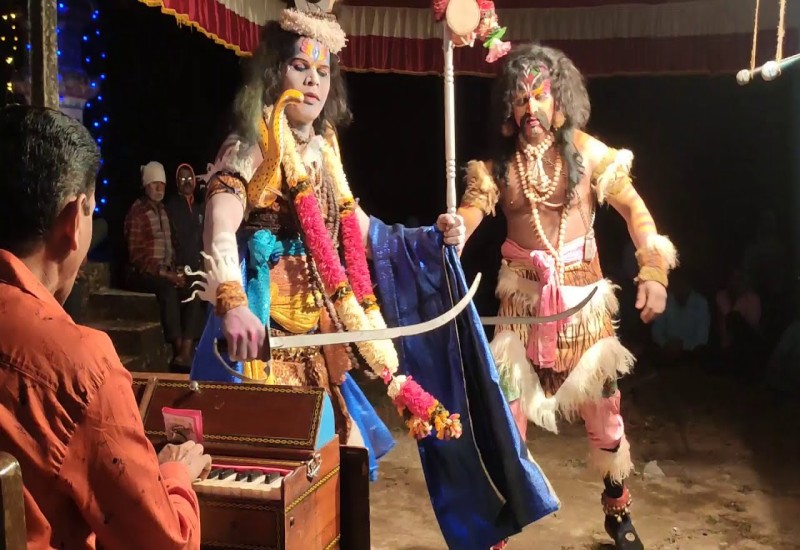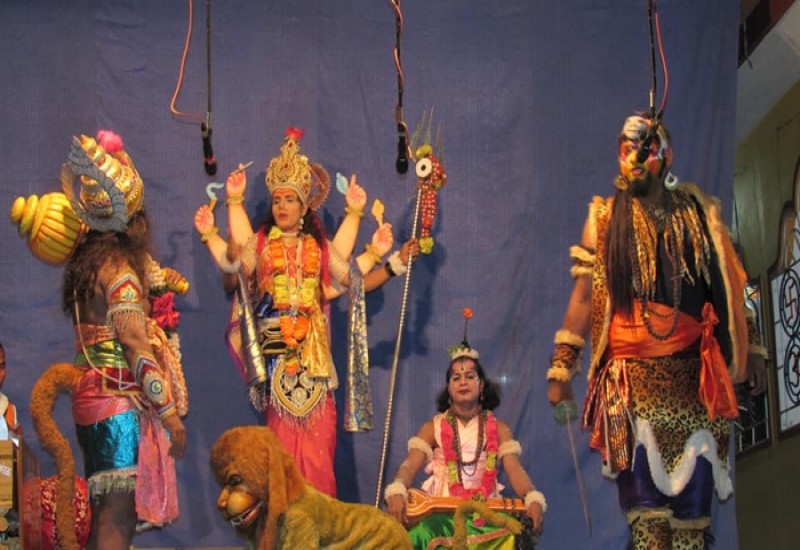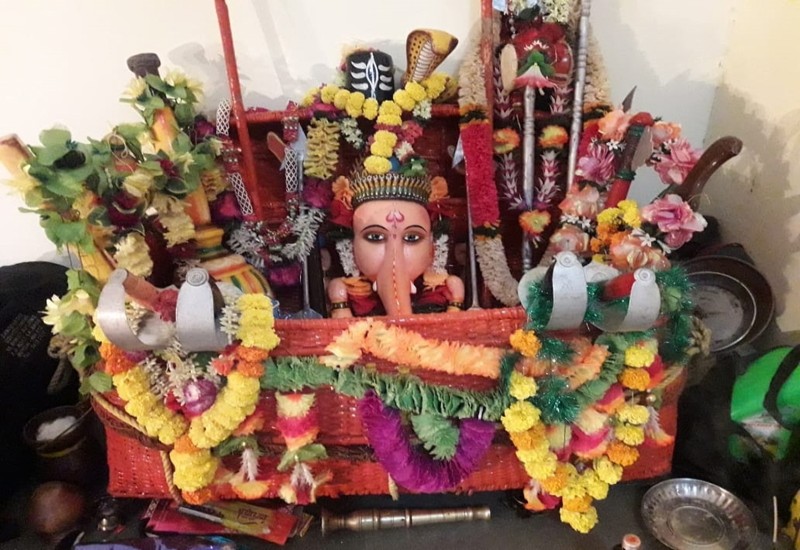
Dashavtar Folk Play
Dashavatar is a religious folk theatre form of Southern Maharashtra and Northern Goa that’s at least 800 years old. It’s based on mythological tales about Lord Vishnu’s 10 avatars – Matsya (the Fish), Kurma (the Tortoise), Varaha (the Boar), Narasimha (the Lion-Goa), Vamana (the Dwarf), Parashurama, Rama, Krishna (or Balarama), Buddha and Kalki. The plays are almost entirely improvised, several hours long and usually performed by seasonal farmers and labourers. Traditionally, they have been performed inside temples – and only by men.
Advertise with us banner image here
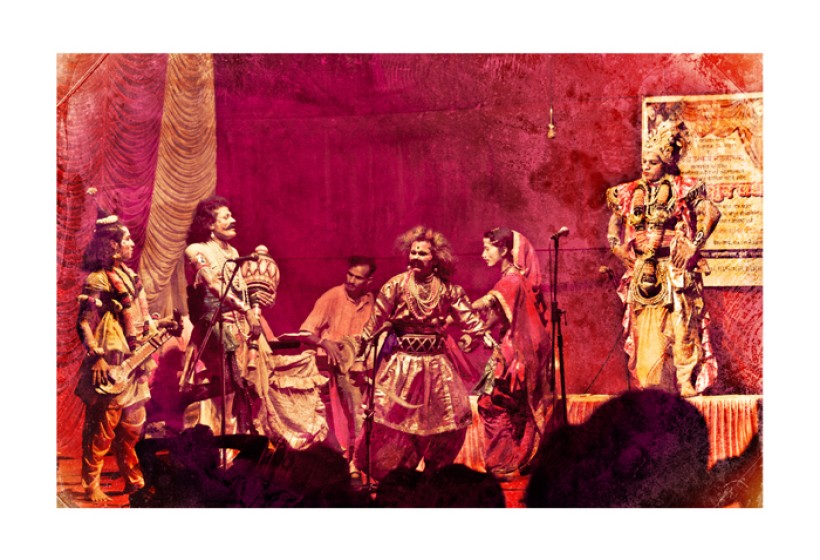
- Nearest Bus Depot
- Nearest Railway Station
- Nearest Airport
- City Approach
About Dashavtar Folk Play
In October every year, soon after the paddy harvest, Dashavatar theatre companies begin touring Sindhudurg district in Maharashtra and parts of North Goa. Temples offer them contracts to perform at annual jatra (fair) for the village deity, where the audience is mainly local residents and migrants working in Mumbai. The companies consist of about 15 members – 8-10 actors, three musicians and two cooks – and they perform approximately 200 plays per season (from October to May).
Sometimes, the companies are also invited to put on shows at homes, where the characters are mythological but the stories are fictional. While the temple performances are in Sanskritised Marathi, the enactments at people’s homes are in the local Malvani.
Entire families would come to see the plays and even young children stay up to watch them. All riveted by the actors performing amidst the audience, their improvisations, and the popular ‘moral of the story’. An essential element of a Dashavatar performance is the ‘moral of the story’. Besides the mythological tale, the play must also convey the importance of ethics in everyday life – and deliver some entertainment too.
Dashavtar is performed during the annual festival of the village diety in the temple premises after midnight, without any techinal props. Each character enters the stage from behind the curtain held by two persons. The Dashavtar performance comprises of two sessions, the "Purva Ranga" (the initial session) and the "Uttar Ranga" (the latter session). The "Purva Ranga" is the preliminary presentation that precedes the main performance. It depicts the story about killing of the demon Shankasur. This act also includes the characters of Lord Ganesha, Riddhi, Siddhi, a Brahmin, Sharada (the Goddess of learning), Brahmadev & Lord Vishnu. The "Uttar Ranga", known as "Akhyan" is considered to be the main performance based on the Hindu mythological tales, highlighting one of the ten incarnations of Lord Vishnu. The performers use bright make-up & costumes. They are accompanied by three musical instruments, a paddle harmonium, tabla & zanj (cymbals). Dashavtar is popular in major cities like Sawantwadi, Kudal, Malvan, Vengurla, Kankavli, etc. in the Sindhudurg district of the South Konkan region of Maharashtra. The villages of Devgad & Dodamarg also have annual performances of Dashavtar. Most of the villages in Vengurla taluka such as Walawal, Chendvan, Pat, Parule, Mhapan have a rich tradition of Dashavtar.
Map
Traveler's Testimonials


